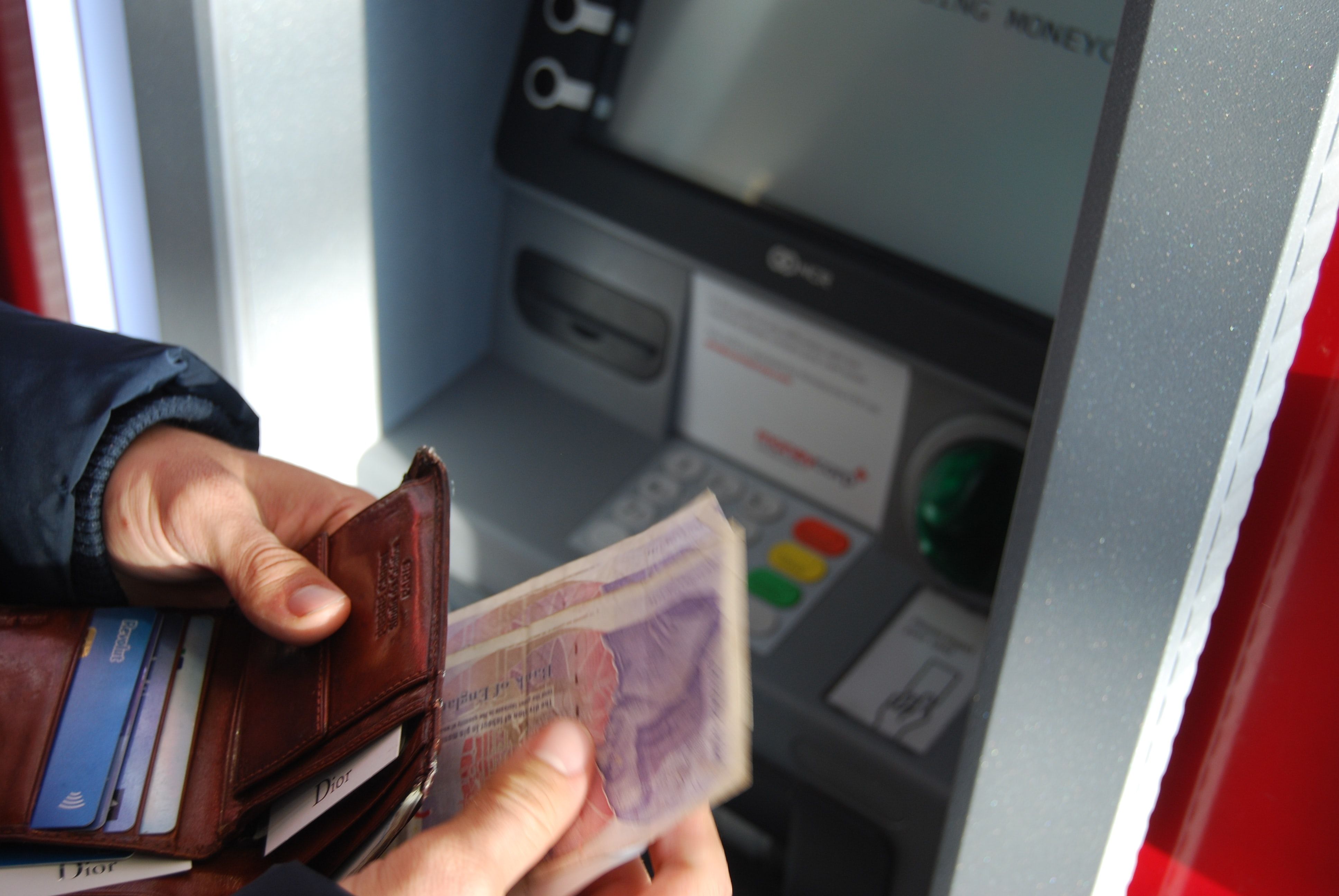Since 2015, several alternative payment methods have emerged to disrupt the traditional banking and financial services industry. One of the most popular innovations is the rise of the mobile-only bank.
Mobile-only banks allow users to control their money from their phones without relying on geographical borders entirely. But many traditional banks offer similar services through online banking, so what’s the difference?
In this article, you’ll discover how mobile-only banks differ from traditional banking services—and whether or not you should switch to one.
What Is a Mobile-Only Bank?
A mobile-only bank is a financial service where you can access your account using your smartphone or tablet. Beyond seeing an overview of your finances, you can also make online purchases and transfer money to other accounts.
If you have a debit or credit card with the solution, you can also use mobile-only banks to pay for offline products and services—like you would with a traditional bank.
Now you know roughly what a mobile-only bank is, we’ll delve into how their services are similar to and different from the solutions you’re familiar with.
Setting Up an Account
With the big high street banks, you may need to book an appointment to open an account. Alternatively, you can apply online by filling out a form. You will also often need to provide verification, such as proof of address and your passport.
To sign up for a mobile-only bank, you’ll almost always need to register through the company’s smartphone app. You will typically need to verify your identity; the process will include showing your passport or driving license, while you’ll likely need to show proof of address.
For some mobile banking services, you’ll also need to record a short video introducing who you are.
Moving Money Around
Traditional banks let you either deposit money into your account online or, if you have cash or a cheque, at one of their brick-and-mortar branches. You can also check your account balance by using your card at an ATM—along with withdrawing cash.
With mobile-only banks, you can also check your balance at an ATM and withdraw cash if you have a card. However, you cannot deposit money into your account offline. So, to add physical cash to your account, you would need to do so via your primary bank and then transfer the money through the app instead.
Customer Support
Traditional banks offer a range of customer support services. You can book an appointment, call them, or use an online quick chat. Moreover, you can contact them on social media and send an email.
High street banks also have comprehensive frequently asked questions pages, as do mobile-only institutions.
Mobile-only banks have diverse customer support options, too. Your go-to will often be contacting them on social media or using online chat to talk with a team member.
However, the most significant difference compared to traditional banks is that mobile banks do not have high street branches. Therefore, you cannot schedule in-person appointments. That said, some mobile-only banks are introducing video chatting options (as have many brick and mortar banks in the wake of the COVID-19 pandemic).
Fees
As people travel more and often live in different countries, foreign transaction fees have become a hot talking point. Traditionally, banks have charged hefty percentages for using your card abroad.
Brick-and-mortar banks often also give a low exchange rate compared to the market median at the time of the transaction.
With mobile-only banks, on the other hand, you’ll often get a favorable rate when making transactions abroad. In many cases, you’ll also avoid needing to pay extra on top of anything you buy with your card.
But when it comes to withdrawals at ATMs, you might need to pay every time you take money out beyond a specific limit each month.
Many mobile-only banks also offer tiered subscriptions, which allow you to waiver ATM fees and enjoy other perks. Depending on your brick-and-mortar bank, you might also be able to get an account that you pay for but offers additional benefits beyond the standard current account.
Extra Benefits
Both traditional and mobile-only banks offer extra benefits away from their core services. For example, some high-street banks partner with department stores, cafes, and restaurants to offer discounts on certain items.
Mobile-only banks might offer discounts on such products. You could also get travel insurance through your account, making these options particularly popular for digital nomads.
Savings
With many mobile-only banks, you’ll have access to a primary account when you sign up online. But in many cases, you’ll need a premium membership to open more than one.
Instead of accounts, many mobile-only banks have “pots” instead. These work similarly to savings accounts, but whether you can expect to receive interest and the like varies between services. So, while they can help you save for holidays, you might not want to use them when you’re putting money away for a house.
Traditional banks typically allow you to open different types of savings accounts to accompany your personal account. These usually have fixed interest rates, and they’ll pay you a little cash on top of your savings each year.
To find the best savings account that suits your needs, you’ll need to do some shopping around and look at options available in your local area.
Availability
Though you can use your card worldwide, some mobile-only banks are only available to residents in one country. For example, Monzo primarily serves residents in the UK. But some, such as Revolut, are available to people in the US, the European Economic Area (EEA), and a selection of other countries.
When you open an account with a bank, you might partner with one only available in the country you live. But for major institutions like Santander, residents in multiple parts of the world can become a customer.
If you move abroad, you might be able to switch your account to your new place of residence. However, you’ll need to check for this with the individual bank.
Would You Prefer a Mobile-Only Bank?
Mobile-only banks offer a lot of flexibility when it comes to managing your finances. You can carry out many of the same functions as a traditional bank, such as paying in shops and bills.
But at the same time, they’re still limited. You can’t get help in-branch if you’d prefer real-life interaction, and you’ll often have to adhere to free withdrawal limits or pay an extra fee.
Before you cancel your main bank account, consider using mobile-only banks as a compliment. You can use your main bank for bills and savings and the mobile-only one for leisure purchases.




